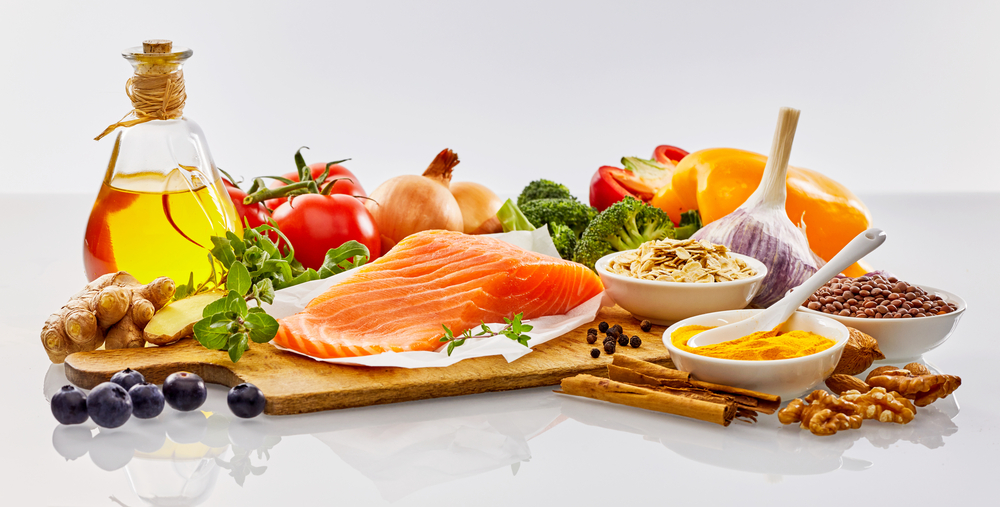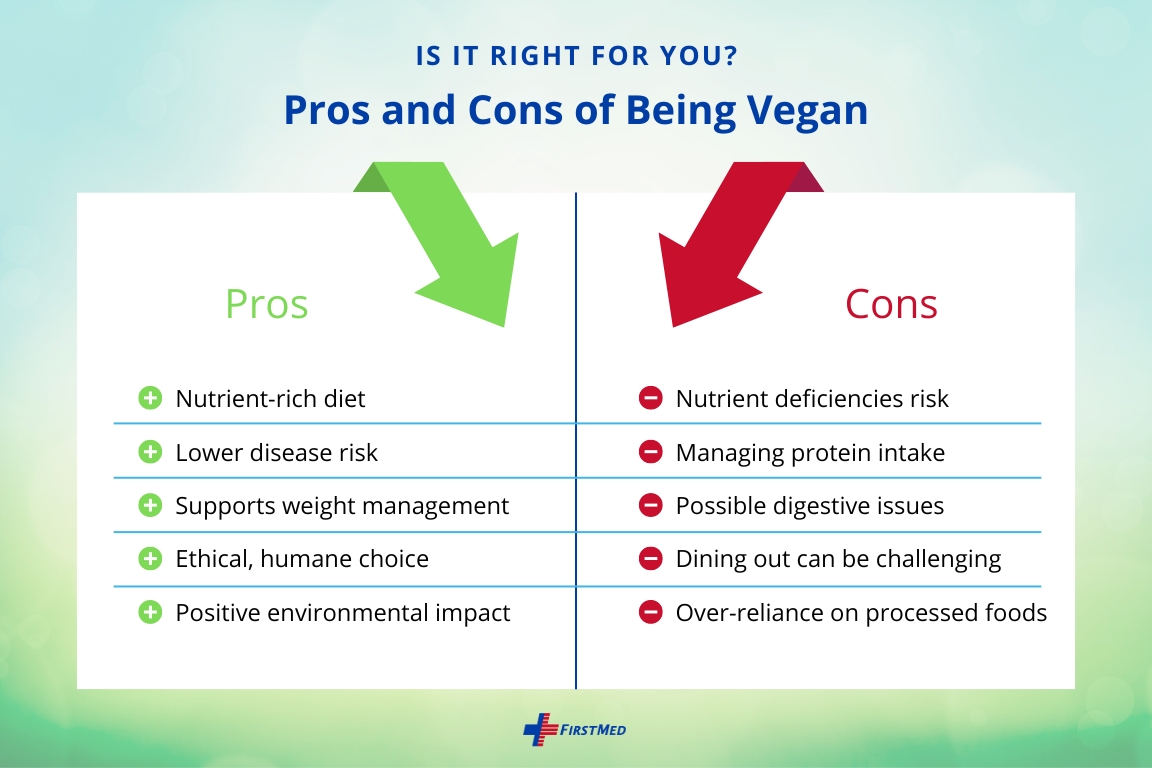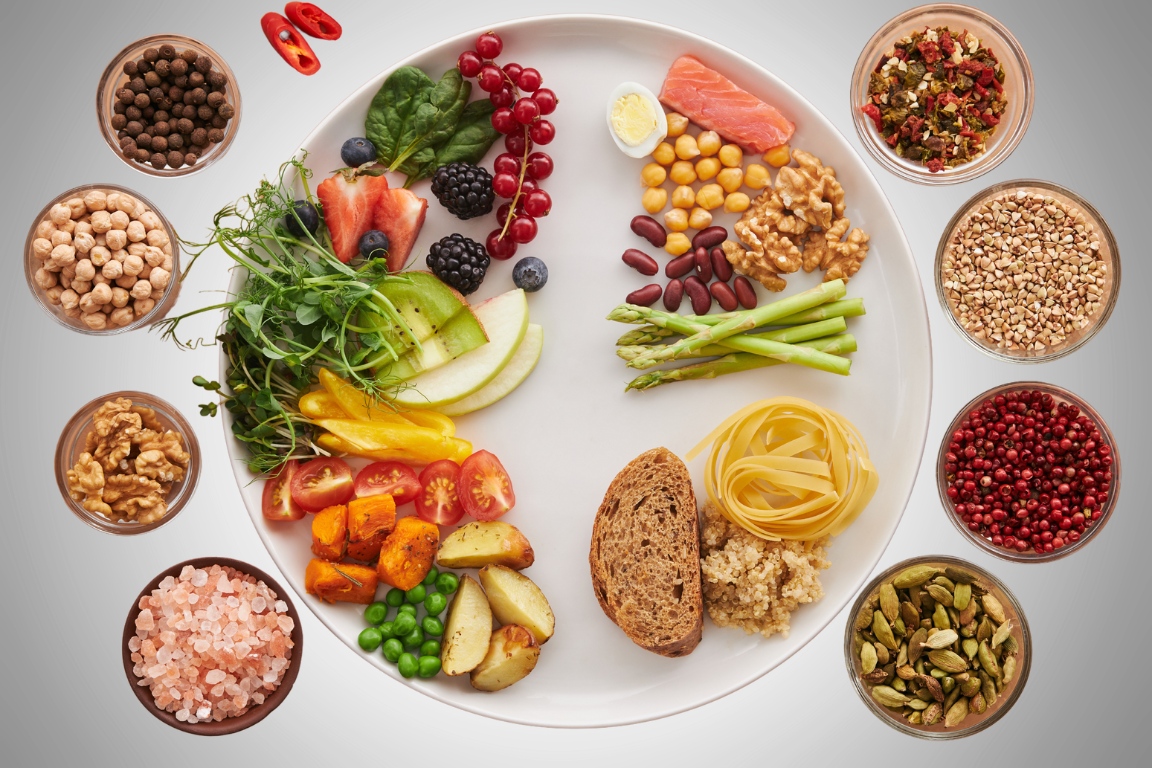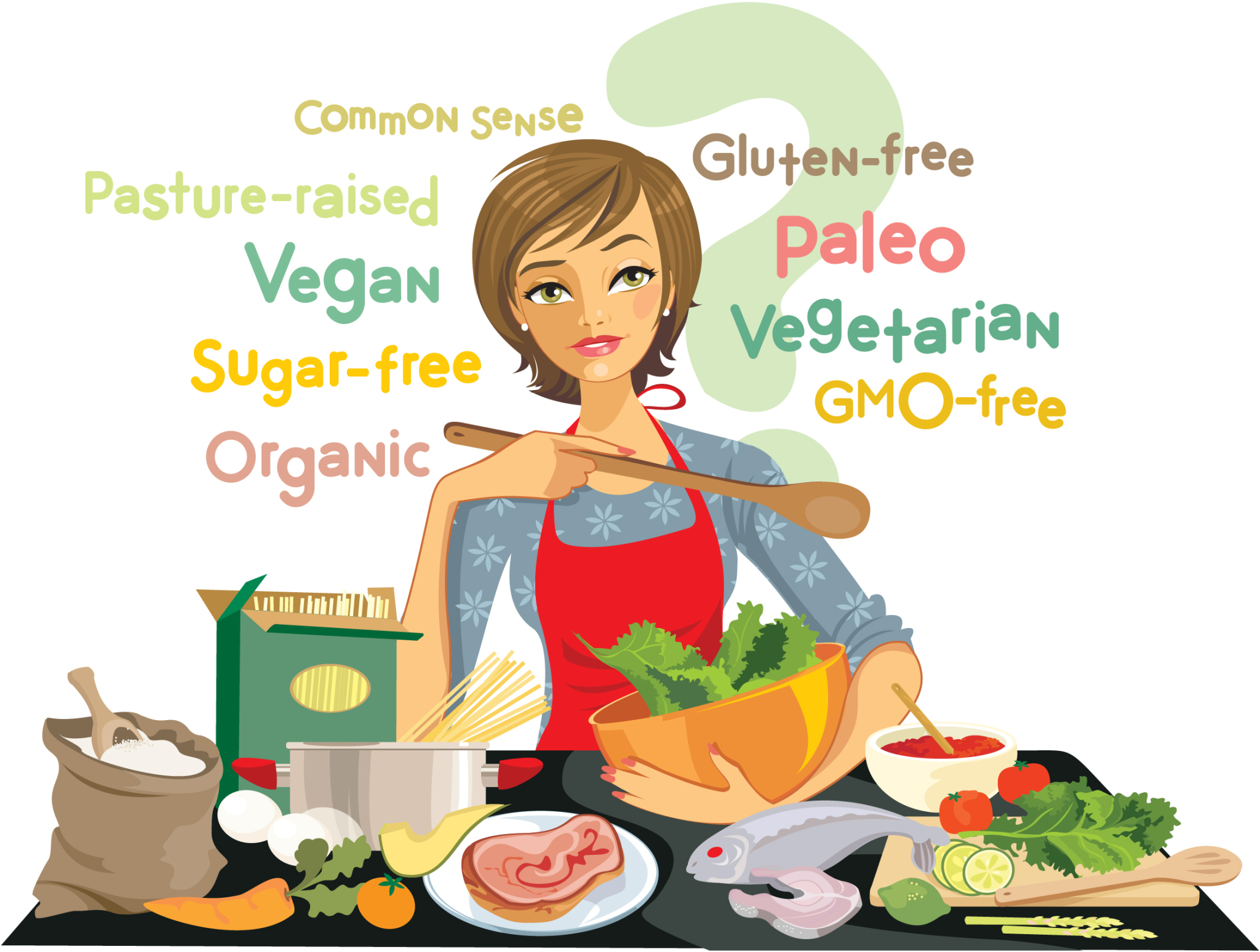Many diets promise weight loss, but how do we know whether they are healthy and effective in the long run?  Previously, we discussed the risks of fad diets. Now, let’s examine the health effects of the top diet meal plans more closely. FirstMed’s dietitian and nutritionist, Izabella Henter, explains what to look for when choosing a diet that’s right for you.
Previously, we discussed the risks of fad diets. Now, let’s examine the health effects of the top diet meal plans more closely. FirstMed’s dietitian and nutritionist, Izabella Henter, explains what to look for when choosing a diet that’s right for you.
Read on to learn about the pros and cons of the most popular diets to make a thoughtful choice.
What are the best-known diet meal plans?
Most nutrition trends offering weight loss fall into two main categories:
- low- and moderate-carb meal plans and
- plant-based (vegetarian or vegan) food choices.
Low-carb variations are by far the most popular and have been around for a long time, while vegetarianism is also on the rise.
Which are the major characteristics of low-carbohydrate diets?
There are various reduced and low-carb meal plans. Some combine it with other restrictive food choices like gluten-free-, milk-free- or dairy-free. Others may allow a certain amount of fat or calories per day based on body type or physical activities.
The most popular low-carb diet plans are:
- Keto Diet (very low-carb, high-fat)
- Atkins Diet (low carbs with progressive increase)
- Paleo Diet (low-carb, high-protein, whole foods)
- South Beach Diet (moderate-carb, low-fat, high protein)
How do low-carb diets cause weight loss?
Low-carb diet plans focus on limited carbohydrate intake (such as starch and sugar) and especially discourage eating pasta, bread, and sweets. These weight reduction plans generally allow only certain vegetables as carbohydrate sources and prioritize foods high in proteins or fats. Limited carbohydrate consumption can lower the body’s insulin levels, reduce hunger, and result in weight loss over time. Cutting back on carbs also makes the body burn fat for energy.
What are the downsides of limited carb consumption?
Carbs are necessary for normal body functioning. If you severely limit or exclude carbohydrate intake, your body may lack essential nutrients for good health, such as fiber, specific vitamins, and minerals.
Too low carb intake may cause:
- Keto flu: During the initial phase, carbohydrate restriction may cause fatigue, irritability, unpleasant breath, and headache.
- Increased cholesterol: Foods high in saturated fat can raise LDL (“bad”) cholesterol levels and increase the risk of cardiovascular diseases.
- Poor athletic performance: Insufficient carb intake reduces endurance and causes muscle weakness during physical activities.
- Digestive issues: Low fiber intake can contribute to constipation and other gastrointestinal problems.
However, you can make a low-carb diet healthy by choosing foods wisely.
How to make a low-carb diet healthy?
You can make a low-carb diet healthy if you keep these in mind when planning your meals:
- Include more nutrient-dense foods in your daily menu to get all the vitamins and minerals your body needs. Unprocessed lean meat, fish, eggs, and poultry are good protein sources and will help you build muscle mass.
- Get enough fiber from non-starchy vegetables and fruits such as lentils, peas, celery, leafy greens, and oatmeal. Nuts and seeds are also a source of protein and healthy fats.
- Choose good fats like olive, avocado, soya, or rapeseed oils over bad fats like coconut oil, hydrogenated oils, and saturated fats. Avoid saturated or trans fats, mainly in high-fat meat cuts, dairy products, and convenience foods.
- Eat more fatty fish, such as salmon and sardines. These contain omega-3 fats that help reduce inflammation within the body and boost brain health. But keep in mind that high fat is also high in energy!
- Stay hydrated: drink lots of water, low-sugar fruit juices, or smoothies without added sugar.
Why moderate carbohydrate intake is good for health?

A balanced diet rich in fruits, vegetables, grains, and protein sources includes all the necessary nutrients to keep proper body functioning. To maintain healthy eating habits, pay attention to fats and proteins.
Moderate-carb diets best meet these criteria, such as the
These meal plans are well-balanced and healthy because they allow enough carb intake by including foods like:
- fruits and vegetables,
- whole grains or starches (rice or pasta),
- lean protein sources (chicken or beans),
- nuts/seeds as snacks, and
- oils for healthy fats.
Having thoroughly discussed the nature of low- and medium-carb diets, let’s turn our attention to the other group of popular diet plans – plant-based eating. How does this approach differ, and what it has to offer?
Vegetarian and vegan meal plans: opportunities and obstacles
Vegetarianism and veganism have become more popular due to their positive effect on weight loss and other health benefits, further to their environmental friendliness. Vegetarians generally avoid any animal-based food, such as meat, poultry, and fish, but there are several variations:
- Vegans exclude all animal-based products from their meals.
- Lacto-vegetarian eating plan includes dairy products, such as cheese and yogurt.
- Lacto-ovo vegetarians, further to dairy consumption, eat eggs but no meats.
- Pescatarian diet: allows eating fish and seafood.
- Flexitarian: a flexible plant-based diet that allows eating meat occasionally.
A professional dietitian can help you navigate the maze of plant-based eating plans and choose the one that suits your lifestyle and eating habits.
What are the pros and cons of being a vegetarian?
A diet rich in vegetables and fruits can also help you lose weight and prevent cardiovascular diseases, among other health benefits. However, meat typically contains essential nutrients that might be difficult to take from different sources. If you are vegetarian or vegan, pay attention to getting vitamin B12, omega-3 fatty acids, zinc, and iron from other plant-based food ingredients.
Get the most out of a vegetarian or vegan diet

If you follow a plant-based eating plan, ensure that it includes all nutrients necessary for good health. Eat a variety of vegetables for a good vitamin and mineral intake:
- Legumes such as beans and lentils contain iron and protein;
- Broccoli, pumpkin seeds, and dark green leafy vegetables are also good protein sources;
- Seeds or nuts like walnuts or almonds are high in omega-3 fatty acids that help reduce risk factors associated with heart disease;
- Lacto/ovo vegetarians should eat more dairy and eggs, which are rich in protein.
Experts ranked the best diet meal plans
In its 2023 research, the American Heart Association found the Mediterranean, DASH, and Pescatarian diets the most beneficial for heart health among the popular diet plans. The Paleo and Ketogenic diets ranked low, contradicting the Association’s guidance and not qualifying them as heart-healthy eating patterns.
The U.S. News & World Report reviewed the popular diet plans for healthiness, safety, ease of follow, and promoting a healthy, sustainable lifestyle. The ranking was established by a panel of health experts, including nutritionists and doctors specializing in diabetes, heart health, and weight loss. In their 2024 list, they are also top-ranked in the Mediterranean, DASH, and Flexitarian (semi-vegetarian) diets.
So how to choose the best diet meal plan for healthy weight loss?

No single diet meal plan works best for everyone; what matters most is finding a healthy eating plan you can stick with over time. Make gradual changes instead of attempting too much, too soon. Simple swaps in your favorite recipes or dishes can boost the nutrient density of your meals and snacks.
Summer is the best time to eat more vegetables and fruits and reduce the amount of processed food. Including at least one fruit or vegetable in every meal and snack will help you lose weight. Experiment with new fruits and vegetables—there are so many to choose from! However, pay attention to the portion size.
Contact us to make an appointment with FirstMed’s dietitian, Izabella Henter. She will be happy to help you meet your nutritional needs and lifestyle goals!
Dieting takes time and dedication to show weight loss results. But if you want to live healthier, then it’s worth it.
Follow our next article about fad diets, where we will examine plans that involve changing the eating schedule—such as intermittent fasting.
Edited by: Dorottya Fekete





